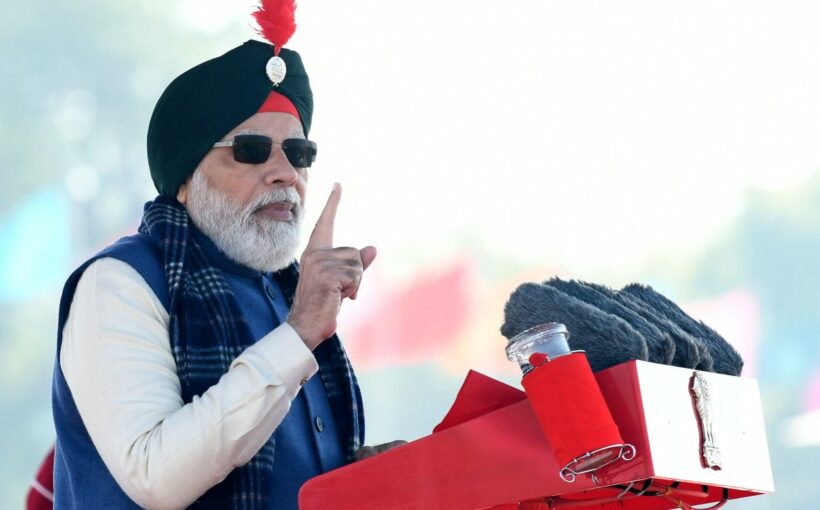‘So you have welfare programmes, you reach out to the poor, you cut out the middlemen, you cut out the leakages and you try to raise the standard of living.’
Economist Ila Patnaik wanted to know how the Bharatiya Janata Party functions, how it takes decisions.
During interactions with parliamentary committees — one of which was headed by Bhupender Yadav, the senior BJP leader who is currently India’s environment and labour minister — Patnaik got a sense of the BJP’s decision-making process.
Yadav and Patnaik then decided to write a book on the BJP’s political journey so far. The Rise of BJP: The Making Of The World’s Largest Party is an insider’s account written with restraint.
In an exclusive conversation with Rediff.com Senior Contributor Sheela Bhatt, Ila Patnaik discusses how she views the BJP as an economist.
The first of a two-part interview:
Some BJP critics say there is only one difference between the BJP and the Congress’s thinking on the economy. The BJP is Congress plus cow. What do you think?
I found a lot of differences between the two.
When I look at the policies of the Congress, right from the 1970s onwards, they were very much against the markets, making the government decide everything — what to produce, who will produce, how much to produce, at what price to sell. Instead of the market determining those decisions, they were all being determined by the government, the State.
We know that the role of the State went down after the collapse of the Soviet Union. Here also, they brought it down, but fundamentally, there was an unwillingness in the Congress.
Because I work at the National Institute of Public Finance and Policy, we have worked closely with whoever was in government in the past as well, so we found that the essence of the Congress is different.
Even though they did reforms because the economy was not growing, fundamentally, their essential philosophy is statist. That is the fundamental difference.
(P V) Narasimha Rao (prime minister, June 1991 to May 1996) did two things. He removed industrial licensing and import licensing.
There is a lot more to be done. The financial sector is still 75% dominated by the public sector.
But this government withdrew the law dealing with land. The three farm laws were withdrawn. Do you still think the BJP wants less of the State in the economy?
Let me talk about the ones that were not withdrawn. For example, Air India privatisation.
The UPA (the United Progressive Alliance government which ruled India between 2004 and 2014) could never do Air India privatisation. That was because you get a lot of benefits from the public sector.
The political people were getting a lot of benefits, so let’s not talk about what wasn’t done.
You know a political consensus could not be created for the farm laws.
Reforms of LIC, the announcement of privatisation of banks — all are fundamentally moving away from State ownership of major production, moving away from that Soviet model that we saw which dominated with the Congress.
Even now, the Congress is not able to give commitment of any reforms.
What has dominated the BJP’s economic thinking? Left? Right? Centre?
I don’t think that there is a leftist view within the BJP.
There is no clear rightist view that runs through.
I think it was a sense of not having a monopoly, whether from the private sector or from the state.
They believe in not having a monopoly, supporting small scale industry.
They also talk about how small industries have to grow organically.
The BJP is not in favour of large scale industry, particularly, large scale foreign-ownership dominated industry, whether State or private.
That was the sense one gets reading their papers. I don’t know if their views are left, right, centre.
Is the BJP in the centre or right of centre?
I am not here to put labels.
Modi’s seven years is enough body of work to judge.
I think what he wants to do is to raise the standard of living of the people, of the common man, of the poor, or the aspirational classes as well, of the middle classes as well.
And in that process, there is a balance that the party tries to strike. Under his leadership, (the government) tries to strike between growth and redistribution.
So you have welfare programmes, you reach out to the poor, you cut out the middlemen, you cut out the leakages and you try to raise the standard of living.
This was the first time that the government reached out to women who did not have LPG cylinders. Jan Dhan was something that allowed all this possible.
Feature Presentation: Aslam Hunani/Rediff.com
Source: Read Full Article
